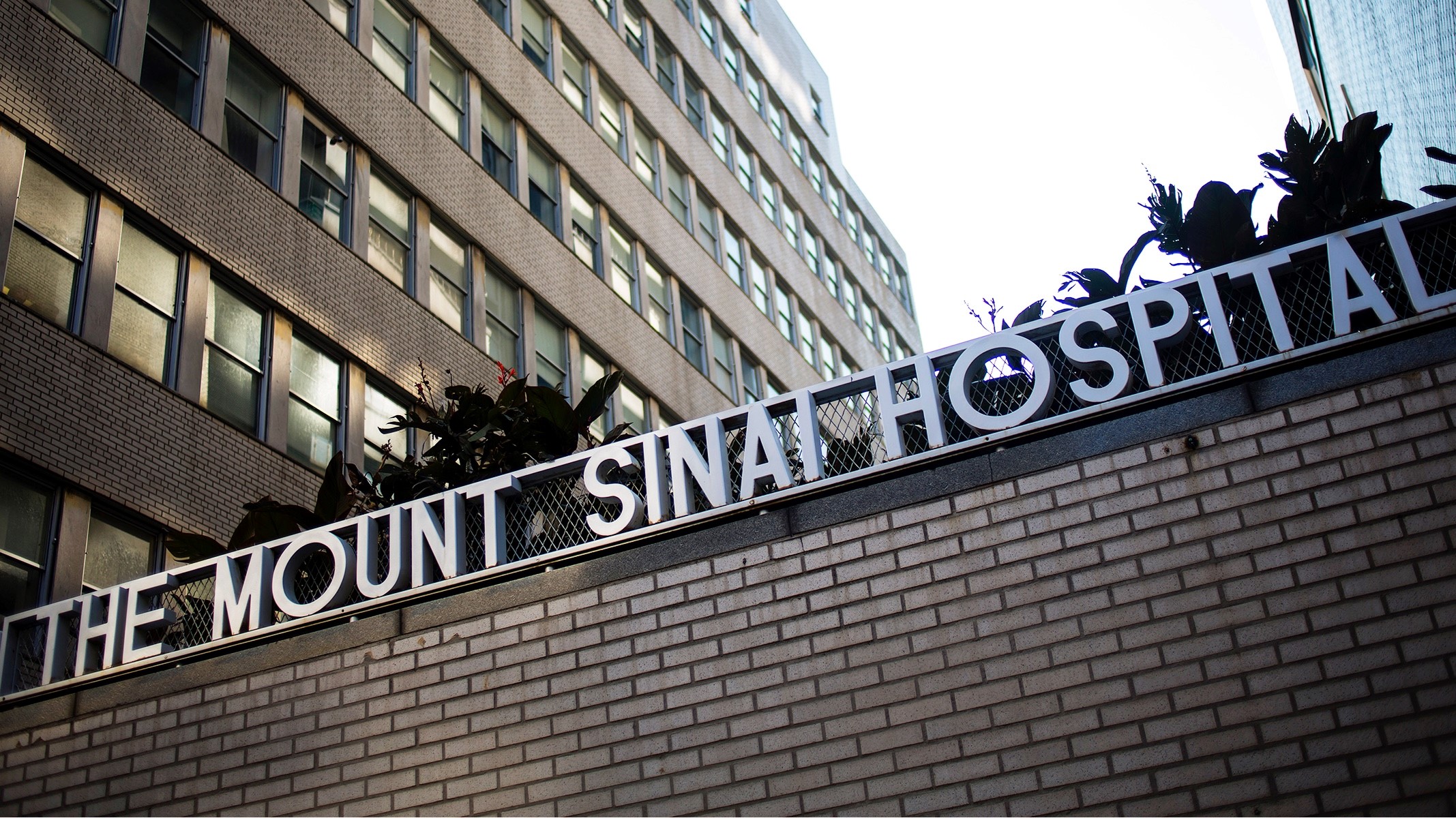The Mount Sinai Health System in New York serves one of the most culturally and linguistically diverse populations in the world.
The system’s motto is “Better Together,” and from the start of the coronavirus outbreak, their values drove the way they delivered language services during the COVID-19 crisis. This included:
- Interpreting at the front of the line
- Ensuring effective communications for people with disabilities
- Translating patient-facing materials
- Communicating at all points of entry
- Proactive rounding
- Connecting patients with their loved ones
- Advocating for their most vulnerable patients
- Staff safety
How did The Mount Sinai accomplish all of this so quickly and effectively?
This will be the subject of an upcoming Beryl Institute webinar, “How a NYC Health System Served Their Most Vulnerable Patients During the Pandemic.” This webinar will discuss how The Mount Sinai actually strengthened communication with patients and families by working together to serve limited English proficient (LEP) patients, as well as the Deaf and Hard of Hearing, during the COVID-19 crisis.
The webinar will take place at 2 p.m.ET on June 16. LanguageLine clients and guests who are not Beryl members can register here and use the following code that will allow you to register at no cost: pxinterpretation20
Presenters will include:
- Silvina de la Iglesia, CMI Spanish, Associate Director, Language Assistance Program, Patient Service Center at The Mount Sinai Hospital
- Erica Rubenstein, LCSW, CPXP, Vice President of Service Excellence & Patient Experience at The Mount Sinai Health System
- Lourdes “Lulu” Sanchez, MS, CMI, Director of Implementation, LanguageLine Solutions
Learning objectives will include:
- Sharing best practices for delivering translation, interpretation, and clear patient-facing communication during the crisis while keeping staff interpreters safe
- Describing how a partnership with a language-access vendor, including ongoing implementations, can ensure staff is prepared to deliver health care in a patient’s preferred language


